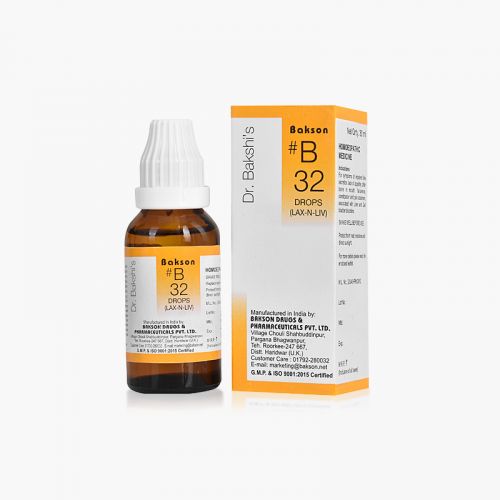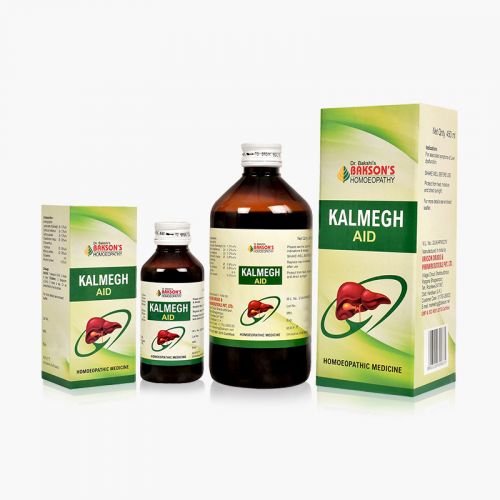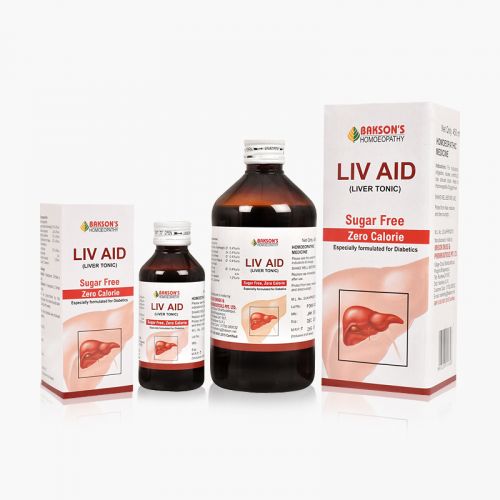We use cookies to make your experience better. To comply with the new e-Privacy directive, we need to ask for your consent to set the cookies. Learn more.
What is Jaundice?
Jaundice, also known as hyperbilirubinemia, is a yellow discoloration of the body tissue resulting from the accumulation of an excess of bilirubin. The normal serum levels of bilirubin are less than 1mg/dl, however, jaundice becomes clinically evident scleral icterus (peripheral yellowing of the eye sclera) when the levels reach more than 3 mg/dl.
The metabolism of bilirubin can be divided into prehepatic, hepatic and post- hepatic phases. Dysfunction in prehepatic phase results in elevated serum levels of unconjugated bilirubin while insult in post hepatic phase marks elevated conjugated bilirubin. Hepatic phase impairment can elevate both unconjugated and conjugated bilirubin. The prevalence differs with the population.
Causes
Jaundice can be caused by a defect in any of the three phases in bilirubin production.
- Unconjugated Jaundice occurring due to defects BEFORE the production of bilirubin. The causes are
- Reabsorption of a large hematoma (a collection of clotted blood under the skin).
- Hemolytic anemias (blood cells are destroyed and removed from the bloodstream before their normal lifespan).
- Jaundice due to defects DURING the production of bilirubin can be caused by
- Viruses, including Hepatitis A, chronic Hepatitis B and C, and Epstein-Barr virus infection.
- Alcohol.
- Autoimmune disorders.
- Rare genetic metabolic defects.
- Medicines, including acetaminophen toxicity, penicillins, oral contraceptives, chlorpromazine and oestrogenic or anabolic steroids.
- Jaundice due to obstruction of Bile ducts AFTER the production of bilirubin can be caused by
- Gallstones.
- Inflammation (swelling) of the gallbladder.
- Gallbladder cancer.
- Pancreatic tumor.
Sign and symptoms
Apart from the yellowish discoloration, patients present with varying symptoms depending on the underlying aetiology such as pruritus, rash, myalgia, changes in the stool and urine. Moreover, symptoms like fever, chills and upper quadrant abdominal pain might be seen in conditions like cholangitis.
On physical examination, certain signs are observed. These include -
- Spider Nevi: A collection of small, dilated blood vessels clustered very close to the surface of the skin appearing web-like, with a central spot and radiating vessels.
- Palmar Erythema: Reddening of both palms due to increased dilatation of surface capillaries in the hands.
- Gynecomastia: Enlargement or swelling of breast tissue in males.
- Caput medusae: A network of swollen painless veins appearing around the umbilicus.
- Testicular Atrophy: Narrowing or shrinking of the testicles.
The abdominal examination provides a clue to the diagnosis due to presence of hepatosplenomegaly and ascites.
Diagnosis
A thorough questioning regarding the use of drugs, alcohol or other toxic substances, risk factors for hepatitis (travel, unsafe sexual practices), personal or family history of any inherited disorders or haemolytic disorders is important. Liver function tests are advised alongwith serum bilirubin. Additional tests include abdominal ultrasound, CT, magnetic resonance cholangiopancreatography (MRCP), endoscopic retrograde cholangiopancreatography (ERCP).
General management
The treatment of choice depends on the underlying hepatobiliary or haematological disorder.
Warning: Above information provided is an overview of the disease, we strongly recommend a doctor's consultation to prevent further advancement of disease and/or development of complications.
Disclaimer: The information provided herein on request, is not to be taken as a replacement for medical advice or diagnosis or treatment of any medical condition. DO NOT SELF MEDICATE. PLEASE CONSULT YOUR PHYSICIAN FOR PROPER DIAGNOSIS AND PRESCRIPTION.
- #B 32 DROPSSpecial Price ₹ 160.00 Regular Price ₹ 200.00
-
-
- MYRICA CERIFERA 30₹ 100.00









